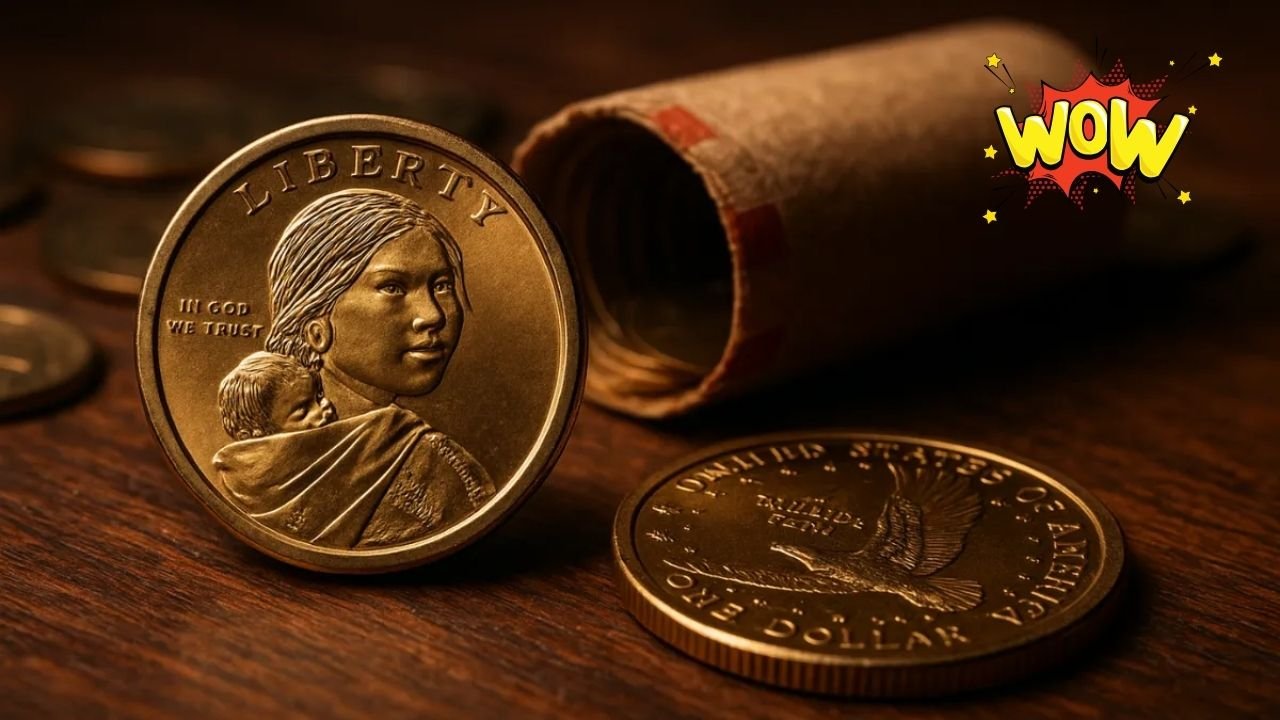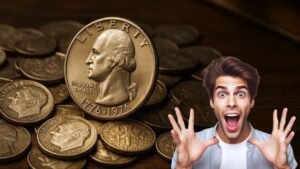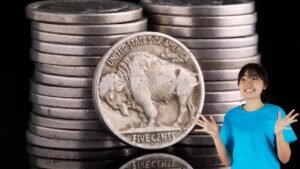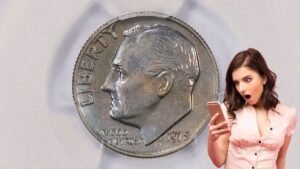In the year 2000, the U.S. Mint introduced the Sacagawea Dollar with a bold mission: to reshape how Americans used coins in everyday life. More than just money, this golden coin carried a story of courage, heritage, and innovation. While it didn’t fully replace the $1 bill, it left behind a legacy that still excites collectors today.
Why Was the Sacagawea Dollar Created?
The Sacagawea Dollar was meant to replace the unpopular Susan B. Anthony Dollar, which was often mistaken for a quarter. To fix this, the Mint designed a new coin that was visually different and symbolically powerful.
- Size & Color: Larger and golden, to avoid confusion with quarters.
- Representation: Featured Sacagawea, a Shoshone woman who guided Lewis and Clark, highlighting Native American heritage.
- Durability: Created with a unique alloy for long-lasting use in circulation.
Key Design Features
The design of the Sacagawea Dollar was carefully planned to stand out both culturally and practically:
- Obverse (front): Sacagawea carrying her infant son, Jean Baptiste, designed by Glenna Goodacre.
- Reverse (back): A soaring eagle symbolizing freedom and strength.
- Golden color: A mix of copper, zinc, manganese, and nickel for a unique look and feel.
- Smooth edge: Reduced confusion with the quarter-dollar coin.
The Launch and Public Response
When launched in 2000, the Sacagawea Dollar came with huge promotions. General Mills even included special “Cheerios Dollars” in cereal boxes, which today are worth thousands to collectors. However, many Americans stuck to using paper bills, so the coin never fully replaced the $1 note. Still, it gained a strong following among coin enthusiasts.
Collector Value and Special Editions
While most Sacagawea Dollars are worth face value, certain editions attract big interest:
- 2000 “Cheerios Dollar”: Features enhanced eagle tail feathers, valued at hundreds or thousands.
- Proof and uncirculated sets: Highly collectible and sold by the U.S. Mint.
- Native American $1 Coin Program: Introduced in 2009, with new reverse designs each year celebrating Native history and achievements.
Comparison of Dollar Coins
| Feature | Susan B. Anthony Dollar | Sacagawea Dollar | Presidential Dollar |
|---|---|---|---|
| Color | Silver | Golden | Golden |
| Year Introduced | 1979 | 2000 | 2007 |
| Confused with Quarter? | Yes | No | No |
| Cultural Significance | Women’s Rights | Native American Heritage | U.S. Presidents |
| Circulation Success | Low | Moderate | Low |
Lasting Legacy
The Sacagawea Dollar may not have taken over wallets, but it broke ground in U.S. history. It was the first coin to feature a Native American woman, sparking conversations about diversity and representation in American currency. Its legacy continues through the Native American $1 Coin Program and its popularity with collectors.
FAQs
Q1. Why was the Sacagawea Dollar introduced?
It was created to replace the confusing Susan B. Anthony Dollar and honor Native American heritage.
Q2. Is the Sacagawea Dollar made of real gold?
No, it has a golden color but is made of copper, zinc, manganese, and nickel.
Q3. What is the most valuable Sacagawea Dollar?
The 2000 “Cheerios Dollar” with special tail feathers can be worth thousands.
Q4. Can I still find Sacagawea Dollars in circulation?
Yes, but they are less common today and mostly collected or sold in mint sets.
Q5. Are Sacagawea Dollars good investments?
Special editions and proof coins are valuable to collectors, but most are worth face value.
Conclusion
The Sacagawea Dollar was more than a coin—it was a symbol of history, inclusivity, and innovation. While it didn’t replace the dollar bill, it remains an important piece of U.S. currency history. Collectors continue to treasure it, proving that money can carry both financial and cultural value.



